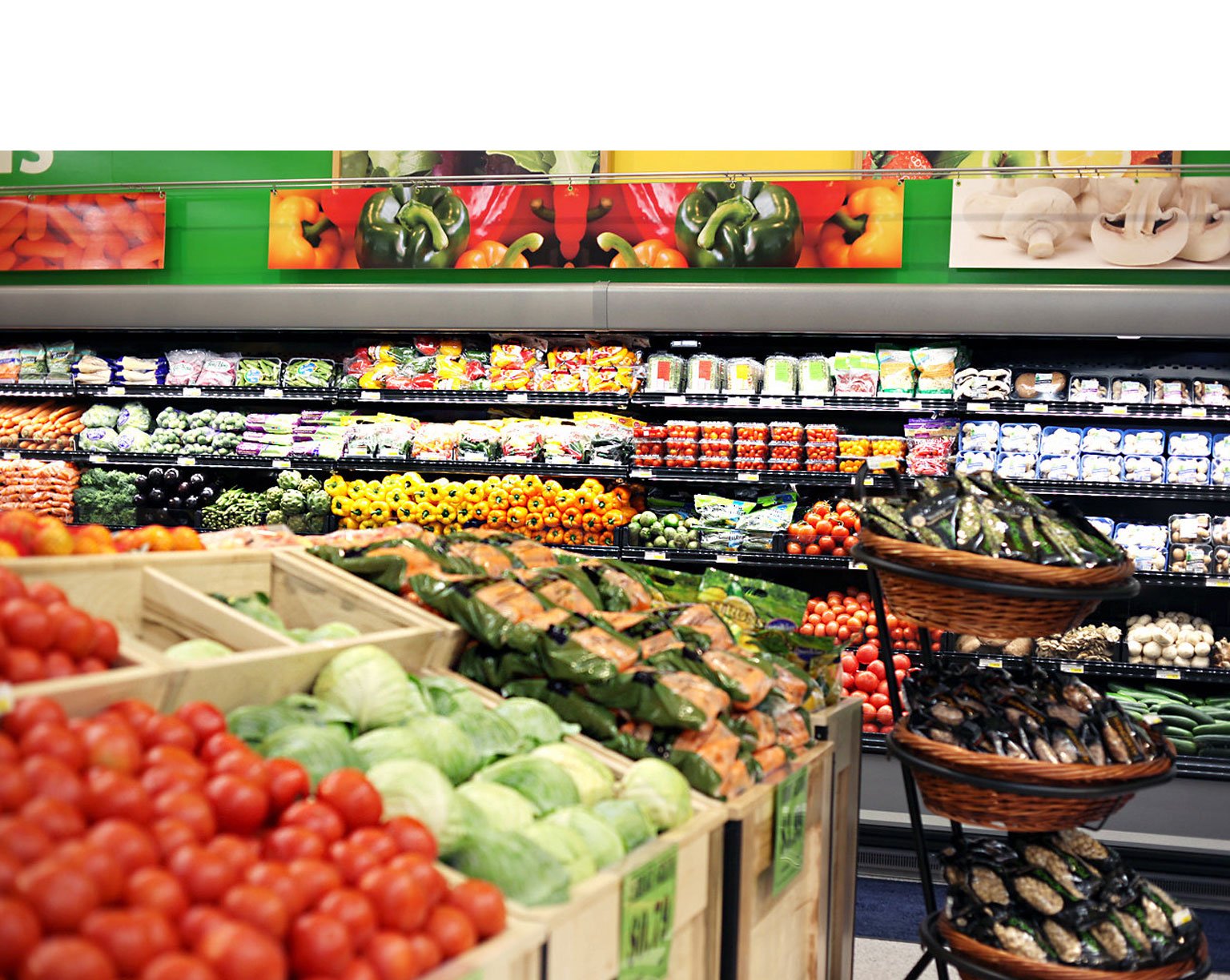Consumer spending habits normalise following pandemic peak
NASSAU, BAHAMAS — AML Foods saw its net profits drop by just over $7 million for its fiscal year which ended April 30, as it also reported cost increases as high as 30 percent in certain commodity items.
The BISX-listed food group in its annual report for its financial year (May 1, 2021 to April 30, 2022) noted that as consumer spending habits begin to normalize following the peak of the COVID-19 pandemic, profitability begins to fall in line with pre-COVID trends. The group revealed that same-store sales volumes have declined year over year, specifically within its food distribution division.
It noted that consumer demand for convenience and continued cost pressures, global supply chain interruptions, decreased vendor service levels, and increased sea freight rates all contributed to lower profitability than the prior year.
“For the year ended April 30, 2022, the company recorded net profits of $4 million, down $7.1m or 64 percent compared to the prior year. Insurance recoveries of $4.7m from Hurricane Dorian losses were received in the prior year and significantly improved overall profit for the year ended April 30, 2021.”
The report continued: “Sales and gross profit were generally flat during the year compared to the prior year. We experienced a decline in sales within our Food Distribution Division, offset by sharp sales increases within our Franchise division. Selling, general and administrative expenses as a percentage of sales increased from 26.3 percent to 27.4 percent.”
The company also reported that inventory levels increased by $2.8m or 16.2 percent compared to the prior year.
“While out-of-stock levels are not where we would like them, they have rebounded following large periods of outages due to supply chain constraints brought on by the pandemic. The cost of inventories has escalated compared to the same period in the prior year and we have experienced increases as high as 30 percent in certain commodity items.
“The improved stock levels and increase in cost of products have both contributed to the overall increase in inventory balances at year-end. Our expectation is that inventory will largely remain at the increased level for the foreseeable future,” the company reported.”
The company said that it has plans to expand with new store locations and new revenue streams as it continues to position itself to achieve its sales goal of $250 million by 2030.






